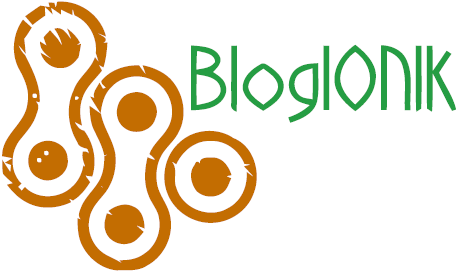Dear BlogIONIK readers,
I’m thrilled to share some exciting news: after months of research, teaching trials, and numerous brainstorming sessions, my new hands-on manual Hands-On Biomimetics in Education: Sustainable Energy Systems is now published! This practical guide brings nature’s ingenious energy solutions right into your classroom, empowering educators and students alike to explore green photovoltaics, passive heating, and energy self-sufficiency through biomimetic design.
Why this book?
Over the last years of teaching biomimetics at the University of Graz, working with primary-, middle-, highschools and regional education authorities, I’ve seen firsthand how students light up when they discover that biology, chemistry, and physics can be more than abstract lessons—they can be real-world problem-solving tools inspired by four billion years of evolution. Yet many curriculums still present energy topics in isolation, disconnected from nature’s own energy factory: ecosystems.
Hands-On Biomimetics in Education bridges that gap by:
-
Integrating STEM disciplines through three fully developed projects
-
Linking lessons to UN SDG 7 (Affordable & Clean Energy), connecting local learning with global challenges
-
Providing ready-to-use materials—from background texts and worksheets to step-by-step build plans
Whether you teach biology, physics, chemistry, engineering, or environmental science, you’ll find classroom-tested experiments, design challenges, and printable worksheets that guide students through the complete biomimetic cycle: observe nature → abstract principles → prototype solutions → reflect & iterate.
What you’ll find inside
-
Green Photovoltaics (1–2 lessons)
Inspired by photosynthesis, students build dye-sensitized solar cells (DSSCs) using natural pigments (anthocyanins, chlorophyll, curcumin), learn how photon capture excites electrons, and compare current and voltage under different light conditions. A built-in design-thinking workshop even challenges teams to brainstorm futuristic “solar” applications—everything from charging station awnings to living-wall windows. -
Passive Heating (2–4 weeks)
Borrowing from the Australian brushturkey’s compost-mound incubator, learners construct and monitor a “hot-bed” of local organic waste. Through temperature tracking, C:N-ratio puzzles, and an escape-room style mission, students discover how microbial decomposition can warm a greenhouse without a single kilowatt of electricity. -
Energy Self-Sufficiency in Small Communities (semester-long)
For deeper exploration, teams design closed-loop energy systems with biogas digesters, algae photobioreactors, and hydrogen-producing microbes. Students map nutrient cycles, prototype bench-scale reactors, and present their eco-village plans at a mock “sustainability fair,” practicing systems thinking and ecological design.
Each part includes:
-
Teacher’s Guide (background science, material lists, timing tips)
-
Printable Student Worksheets (research logs, brainstorming canvases, protocol trackers)
-
Assessment Suggestions (rubrics, reflection prompts, presentation checklists)
A hands-on, interdisciplinary approach
Biomimetics isn’t just another “add-on” topic. It’s a powerful pedagogical framework that:
-
Connects disciplines (biology ↔ physics ↔ engineering)
-
Fosters creativity through open-ended challenges
-
Builds critical thinking by comparing natural vs. engineered systems
-
Promotes sustainability awareness as students tackle real-world energy issues
By the end of these projects, learners don’t just “know” about renewable energy; they’ve built, tested, and refined nature-inspired prototypes. More importantly, they’ve practiced the mindset of a biomimetic innovator—observing the natural world, extracting design principles, and translating them into human-centered solutions.
What’s next?
- Get your copy today on Amazon:
Hands-On Biomimetics in Education is now available here:
https://www.amazon.de/Hands-Biomimetics-Education-Sustainable-Systems/dp/B0FHF1LW96/ - Stay tuned for the German edition:
A German-language version will be released very soon—stay tuned for updates! - Share your experience:
Once you have the book in hand, we look forward to your Amazon reviews and your success stories from the classroom.
I can’t wait to hear how you use Hands-On Biomimetics in Education to spark curiosity, creativity, and real-world impact in your classrooms. Together, we can empower the next generation to learn from nature—and teach for the future.
Happy teaching,
Anja





